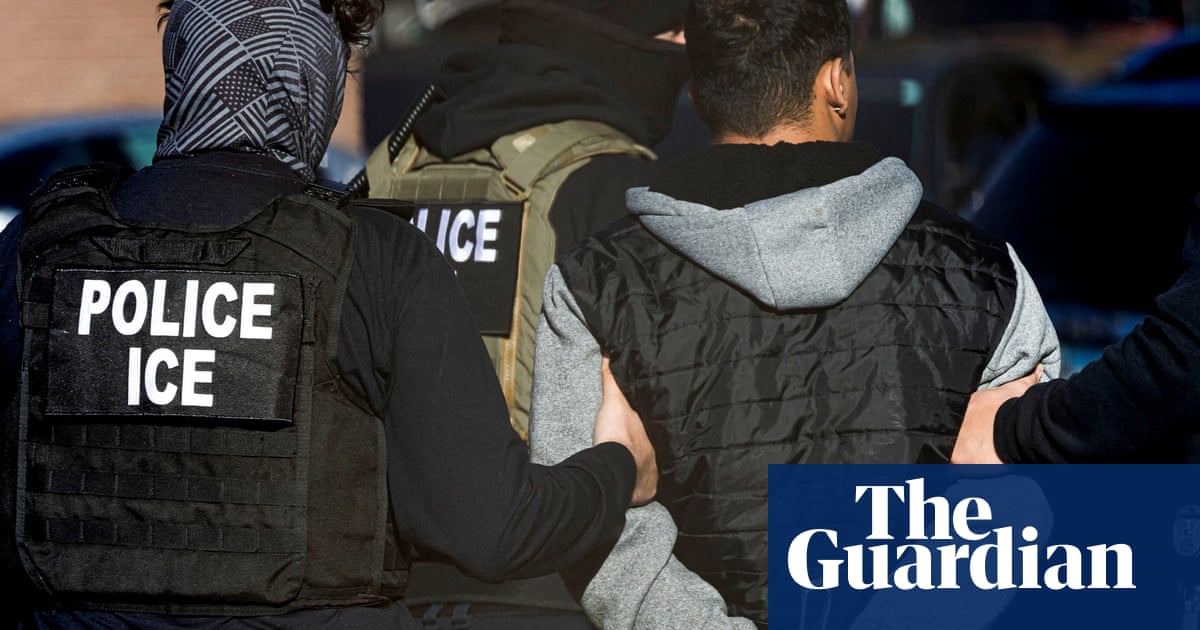As a teen growing up in an abusive household, Morgan coped daily with physical and emotional harm from her mother. However, she felt safe and supported when she posted about her experiences on a fake Instagram account – widely referred to as a Finsta – which disguised her true identity.
Morgan (no relation to the co-author of this article) used her Finsta to tell peers what she was going through, and to send and receive encouraging words. Without that lifeline, she told us in an interview at age 21, “I probably would not have made it out.”
We are social work and public health researchers who study how people use digital technologies to seek help after they experience violence. We’ve found that social media has become a crucial outlet for young people to disclose abuse, connect with peers who’ve had similar experiences, and learn about safety strategies.
Every year in the United States, it’s estimated that more than 1 in 7 children face violence or neglect in their home. These experiences often go unreported. Some children don’t recognize their experiences as abuse. Others are ashamed. Many fear what will happen next if they speak out.
When young people reveal neglect or abuse, they are more likely to turn to informal support systems, such as friends, rather than authorities. In today’s digital world, those disclosures are increasingly happening online. In the midst of growing concerns about social media harming young people, its platforms offer important benefits for some vulnerable youth.
Sharing difficult stories
To understand how and why young people talk about maltreatment online, we began by analyzing posts about “family issues” made on a peer-to-peer support website called TalkLife. We found many examples of young people describing maltreatment.
They wrote about people in their households withholding food from them, sexually abusing them or physically harming them, leaving them with bruises or dislocated limbs. Usually these harms were inflicted by a caregiver – a parent, stepparent, grandparent or other guardian. The young people who shared these experiences typically were venting their feelings, asking questions or seeking support.
We also analyzed over 1,000 responses to these posts. Peers were overwhelmingly sympathetic, offering emotional support and advice, or commiserating about their own abuse or neglect. Responses that joked about and minimized the posters’ experiences, or were unsupportive in other ways, were comparatively rare.
To understand these dynamics more deeply, we next surveyed 18– to 21-year-olds across the U.S. Among 641 respondents, about one-third reported experiencing abuse or neglect during their childhoods. Of this group, more than half – 56% – had talked about their maltreatment on social media.
We interviewed a subsample of these participants to learn what motivated them to share their experiences on social media, and how these interactions affected them. Eva, age 21, said:
“…(it’s) a place where other people like me, who wanted attention and wanted to feel validated and wanted to talk about it in sort of a low stake situation, they’d come to that place. So, all of us together, we’re sort of supporting each other and saying like, hey, what you feel is valid.”
Why seek help online?
Most young people use social media to interact, express themselves and learn new things. Some users are exposed to new information that helps them identify their experiences as abuse or neglect.
One 20-year-old participant who posted about their experiences in a Reddit forum dedicated to support for mental health issues said: “I was born into (the abuse), right? So this was my normal, this was my everyday … the more that I started to get older, the more that I started to hear other people’s experiences. I went ‘ohh, something about this that I grew up with, I don’t think that’s normal.’”
Maltreated young people also turn to social media because they lack other options. Minors don’t typically have the legal or financial power to move out of an abusive home or start seeing a therapist without parental involvement.
“When you’re a kid, you don’t really have a lot of agency over things in your life … if all you have access to is social media and people online to talk to, that’s really the only way you can vent and express that you’re fed up and that you need help,” Kara, age 20, told us.
Even when resources such as school counselors are available, many young people avoid them because those people or agencies are subject to mandatory reporting requirements. Posting on social media allows youth to talk about their experiences, often anonymously, without fearing that the situation will escalate out of their control.
“It’s a very dangerous position to ask children to put themselves in to report their abuse, especially knowing the flaws in our (child protective services) system,” Dos, age 21, told us.
Participants in our study described supportive online relationships between individual users, as well as within broader social media communities. Eva, age 21, found that when she posted about her experiences, people online were “more willing to discuss it and have empathy for you than you would see in the average person on the street.”
But turning to social media also can have serious downsides for young people struggling with abuse or neglect. Lacking offline support systems, these users are highly vulnerable to online harm. Social media can expose them to misinformation, traumatic content or predatory behavior disguised as support.
Without safe adults to help them navigate these spaces, young abuse victims face a paradox: The internet may be their only option for connection, but it is not always safe or reliable.
The role of adults
Drawing from our interviews, we see three key takeaways for educators, policymakers and technology platforms:
– Young people need better access to safe, reliable information and resources about dealing with abuse and neglect that offer anonymity and do not trigger mandatory reporting. While reporting laws are designed to protect children, they can discourage disclosure if young people fear that seeking help will trigger an immediate and unwanted intervention.
In our view, creating resources that balance safety with autonomy is critical. Confidential hotlines, like the National Child Abuse Hotline, are among the only places where children can talk with an adult anonymously.
– Policies that ban social media or require parental permission for minors may unintentionally increase risks for maltreated youth. Creating safer pathways for internet use is a more effective way to protect young people online.
– Since caregivers and other adults aren’t always available or willing to protect children online, we believe that platforms should be held accountable for design features, such as algorithms, privacy controls and moderation strategies, that can make sites unsafe for vulnerable youth seeking support.
Social media can’t replace offline resources for children who are being maltreated. But for many young people, these platforms have become a first step toward recognition, connection and survival. By learning how and why abused youth share their experiences digitally, adults can better understand their needs and build systems that meet them where they are.
Editor’s note: All names quoted in this article are pseudonyms that were chosen by the research participants.

 German (DE)
German (DE)  English (US)
English (US)  Spanish (ES)
Spanish (ES)  French (FR)
French (FR)  Hindi (IN)
Hindi (IN)  Italian (IT)
Italian (IT)  Russian (RU)
Russian (RU)  7 hours ago
7 hours ago
























Comments